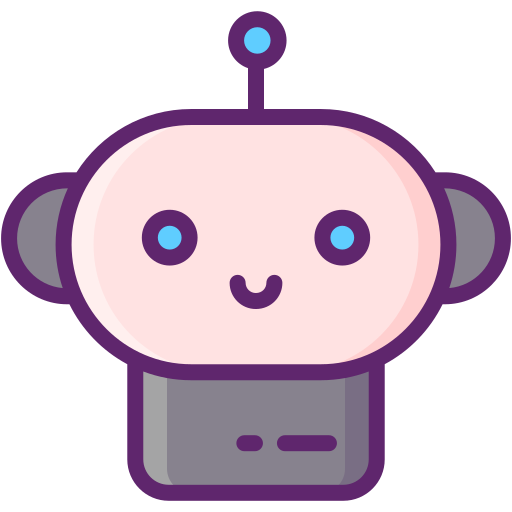WebRTC (Web Real-Time Communication) is an open-source technology that allows real-time audio, video, and data sharing directly between browsers or apps — without needing plugins or external software.
Developed by Google, it powers features like video calls, screen sharing, and live chats on platforms such as Google Meet, Discord, and Facebook Messenger.
⚙️ How WebRTC Works:
- Establishes a peer-to-peer (P2P) connection between two devices.
- Uses APIs for streaming:
getUserMedia()– captures video/audio from camera/mic.RTCPeerConnection– connects devices.RTCDataChannel– sends data (e.g., messages, files).
- Handles NAT traversal with technologies like STUN and TURN to connect through firewalls.
🌟 Key Features:
| Feature | Details |
|---|---|
| 🔄 Real-time | Instant audio, video, and data exchange |
| 🌍 Cross-platform | Works in most modern browsers (Chrome, Firefox, etc.) |
| 🔐 Secure | Uses DTLS and SRTP for encryption |
| 📦 No plugins | Built directly into the browser |
| 🔧 Low latency | Ideal for live interactions like video calls |
📲 Real-World Uses of WebRTC:
- 🎥 Video calling (Google Meet, WhatsApp Web, Zoom in browsers)
- 🖥️ Screen sharing (remote work tools)
- 🎮 Live streaming & gaming (browser-based multiplayer)
- 💬 Chat & messaging apps
- 📁 File transfer between devices over peer-to-peer
🆚 WebRTC vs Traditional Methods
| Method | WebRTC | Traditional VoIP |
|---|---|---|
| Setup | Browser-based, no install | Needs software/plugin |
| Latency | Low | Higher |
| Security | End-to-end encryption built-in | May require configuration |
| Flexibility | High (video, audio, data) | Often audio-only |
🏁 Summary:
WebRTC makes real-time communication over the web fast, secure, and plugin-free. It’s the backbone of modern video calling, live collaboration, and in-browser P2P apps, enabling seamless interaction between users globally.
